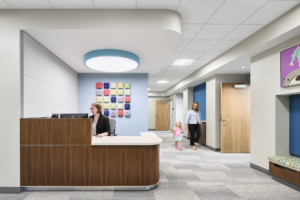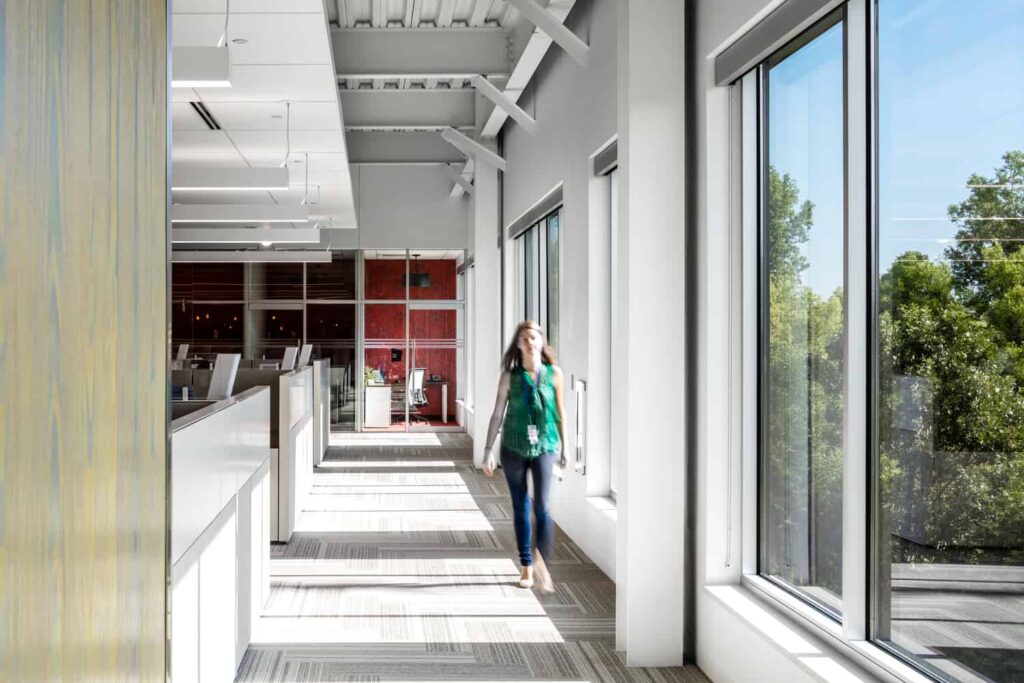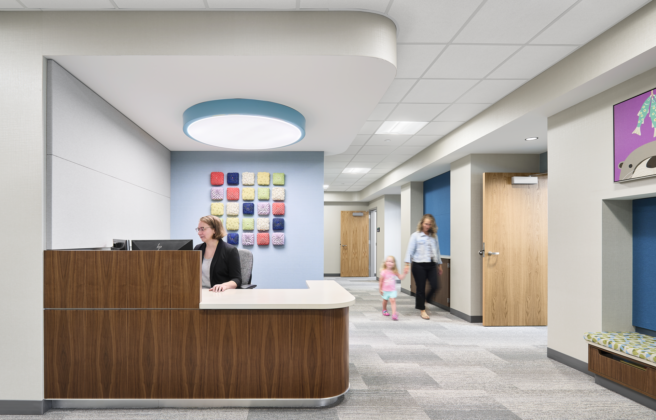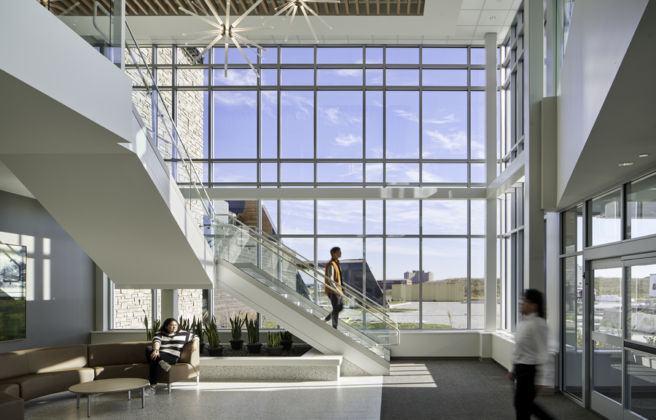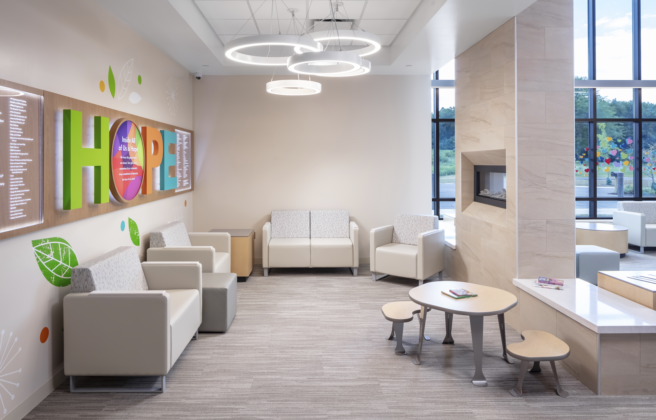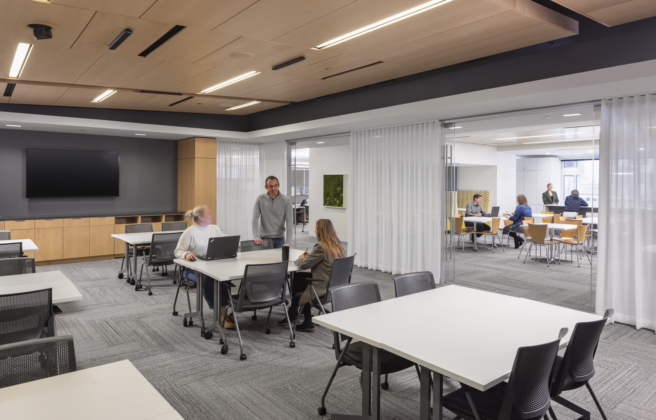Remember the exercise craze of the 70s – leg warmers, leotards, Richard Simmons, and “Sweatin’ to the Oldies?” Over the years, exercise has morphed and changed, from aerobics and step classes to yoga and Pilates, running, kickboxing, etc. There are now many options to get in shape and stay fit.
As we learn more about how exercise affects our health and wellbeing, the type of exercise continues to change but the 70’s craze has mainstreamed as an embedded part of our daily lives – exceeding $80 billion as an industry globally, according the International Health, Racquet, & Sportsclub Association.
Sustainable building design has a similar story. Sustainable or “green” design was considered a trend pushed by so-called tree-huggers and fanatical environmentalist-architects with resulting buildings that were perceived to take extra design effort, were not high design, and generated higher first costs for specialty materials. Straw bales, passive solar panels, and use of gray water all began as unfeasible and misunderstood ideas.
Thanks to smarter technologies and the research to understand the financial benefits, sustainability has become an expected and integral part of the design process, worth more than $260 billion. Now, it is also considered good design.
The intent of sustainable design is to minimize or eliminate negative impact on the environment. In the past several years, we have witnessed the concept evolve into something greater. Design for health and wellbeing takes sustainable design to a new level by exploring how healthy building design can positively impact building occupants. In very simplistic terms, it’s about providing buildings and interior spaces that are sensitive to the occupants, and in turn, using the environment (e.g., air, water, sun, plants) to enhance indoor spaces that support health and wellbeing.
Wellbeing Design Has Value
According to the U.S. Environmental Protection Agency, the average American spends more than 90 percent of their life indoors where pollutant concentrations can be 2 to 5 times higher than outdoor exposures. Design that enhances opportunities for occupant health and wellbeing should be viewed with an urgent mindset from everyone involved in making building decisions – employers, building owners, architects, interior designers, facility managers, among others.
But what is the value of design for wellbeing?
Wellbeing is encompassing of our overall health – physically and emotionally – and impacts our productivity and satisfaction for our daily activities. Poor indoor environmental quality can have direct medical costs for employers and building owners or higher indirect costs through more frequent absenteeism and reduced worker effectiveness (Brager, 2013). As one example noted, exposure to numerous indoor pollutants (e.g., mold, particulate matter, dust mites) may trigger asthma attacks for some people and reduce their ability to be productive at work.
In the next five years, we will see a greater emphasis on improved indoor air quality, better lighting, and biophilic design principles (pdf). Some employers and building owners are already making strong commitments to healthier buildings and seeing the results of their investments with such measurements as increased staff retention and recruiting and lower health care costs for employers and higher leasing rates and increased property values for building owners, according to Dodge Data & Analytics.
Studies show design for wellbeing approaches has an opportunity to positively impact employee health and wellbeing. One study conducted by researchers from departments of architecture and neurology found office workers with exposure to natural daylight during the work day slept an average of 46 more minutes each night (Boubekri, Cheung, Reid, Wang, & Zee, 2014). Additional studies are building the connection between healthier indoor air quality to reduced absenteeism and higher worker performance.
Moving Health and Wellbeing Forward through Design
As we learn more about the impact of the built environment on our health and wellbeing, the methods of creating spaces for health and wellbeing will likely evolve. The overall understanding of its importance will become engrained in how buildings are designed. Healthy buildings are steadily moving forward into mainstream design, but in time, they too will be expected from building owners and occupants alike. Fortunately, this “craze” doesn’t come with leg warmers and leotards.

